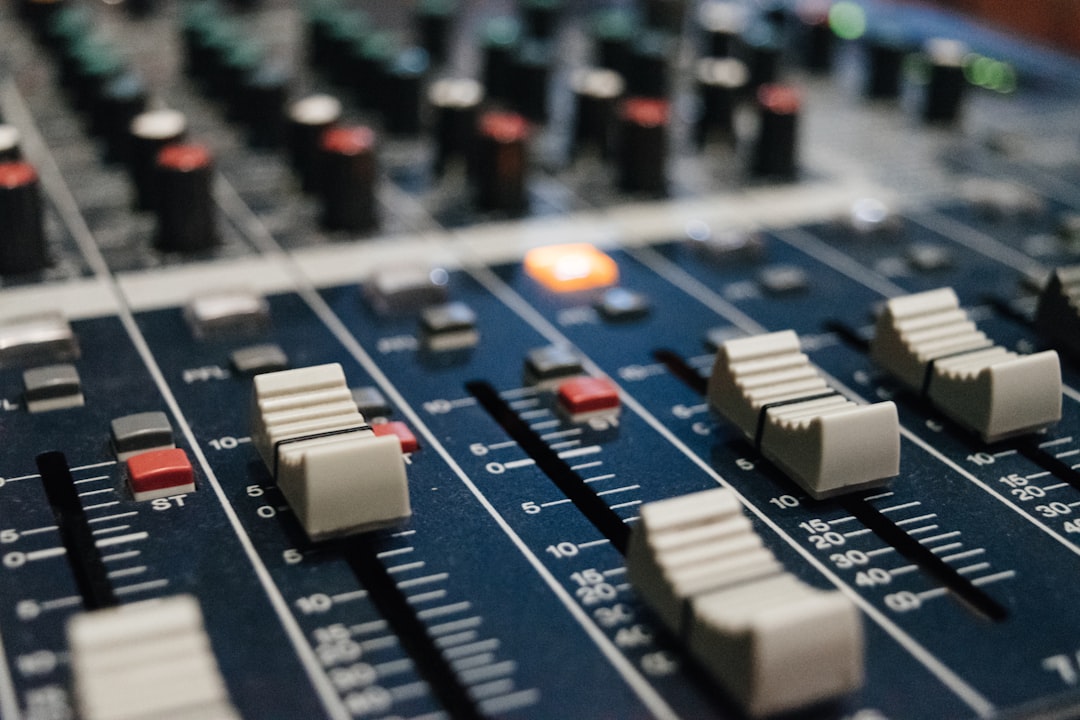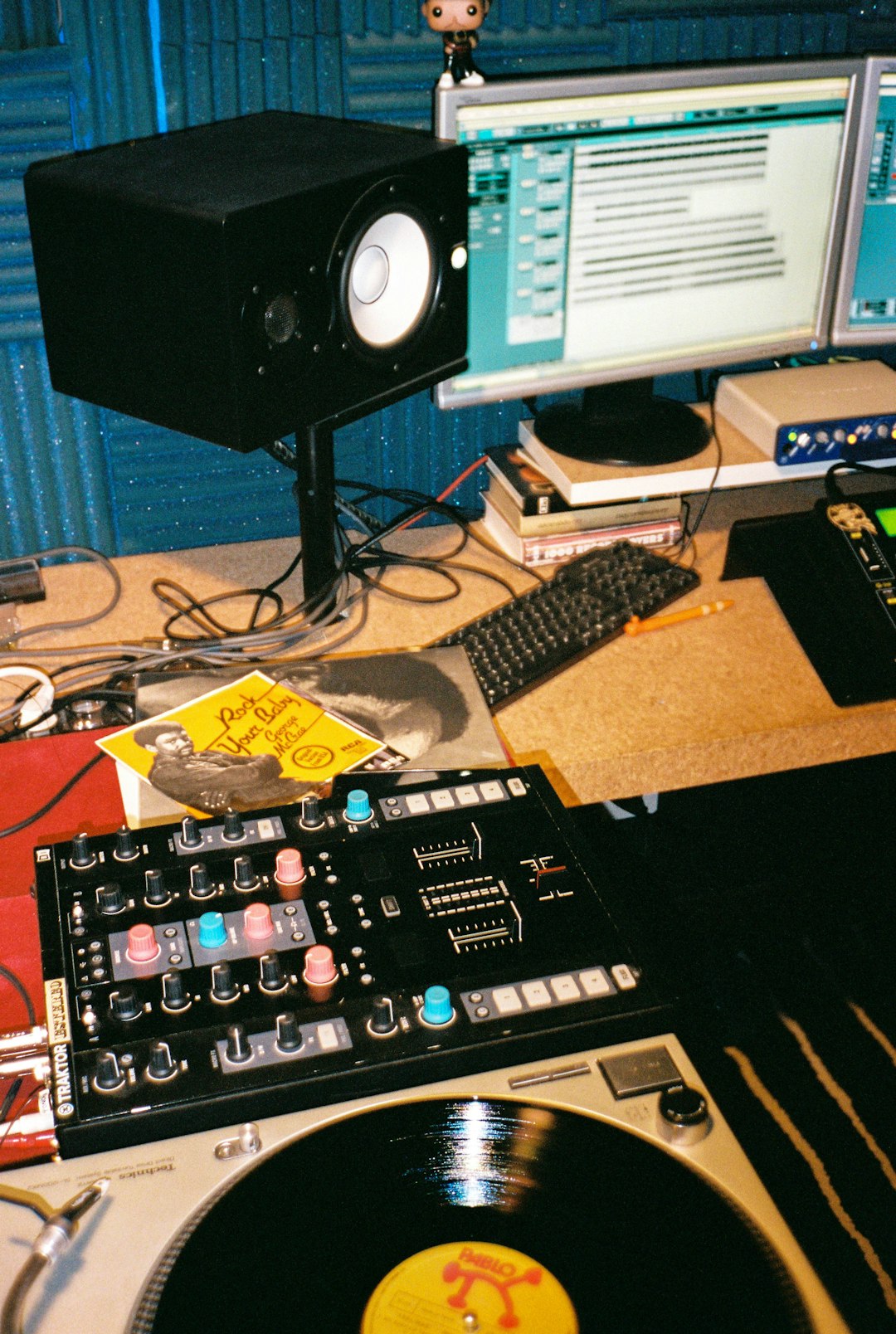In the world of audio connectivity, Y-splitters—also known as audio splitters—are commonly used to send one audio signal to two different destinations. Whether you’re trying to connect a single audio source to two speakers, or splitting a headphone output between two listeners, Y-splitters are useful tools. But a common question arises: Do Y-splitters affect sound quality? The answer depends on several factors, including the type of audio system, the quality of components, and the intended use.
What Is a Y-Splitter?
A Y-splitter is a simple adapter that physically splits one audio signal into two outputs. It derives its name from its shape, which resembles the letter “Y”. These devices come in various forms—RCA splitters, 3.5mm jack splitters, XLR splitters, and more—each tailored to different types of audio equipment.

How Y-Splitters Work
At a basic level, a Y-splitter divides the electrical signal it receives into two paths. However, this division doesn’t amplify or condition the signal; it simply duplicates it. As a result, the two output devices share the available signal strength, and here’s where potential issues can arise.
Do Y-Splitters Degrade Sound Quality?
The short answer is — they can, depending on how they’re used. Here are the primary concerns regarding sound quality:
- Signal Loss: Splitting a signal often leads to a lower signal voltage being delivered to each output. This can result in a noticeable loss in volume or clarity, especially with passive splitters.
- Impedance Mismatch: Every audio device has an input and output impedance. When you connect two devices to a single output through a splitter, it changes the impedance characteristics and may lead to distortion or frequency imbalance.
- Crosstalk and Noise: Poorly shielded or low-quality splitters may introduce electrical interference, leading to unwanted hissing, buzzing, or cross-interference between channels.
When Is a Y-Splitter Acceptable?
Despite these potential drawbacks, Y-splitters are acceptable in many situations—particularly in consumer-grade setups with modest demands. They are commonly used for:
- Sharing one audio source between two headphones for private listening.
- Sending a single audio signal to two relatively short cable runs.
- Temporary setups where perfect fidelity is not critical.
If you’re using a Y-splitter to connect two input devices—like sending an instrument to both an amp and a recording interface—you may run into phase and volume issues unless the splitter is specially designed for that purpose.
Quality of Components Matters
Not all splitters are created equal. The build quality, materials used, and shielding can make a significant difference in whether or not a Y-splitter affects your sound quality. Higher-end splitters use gold-plated connectors, thicker cabling, and proper shielding to reduce signal degradation and noise.

Alternatives to Y-Splitters
If audio fidelity is crucial, consider other methods of signal distribution:
- Audio Interface or Mixer: These devices can distribute audio without loss and even amplify the signal, preserving quality.
- Powered Distribution Amplifiers: These are used in professional audio setups to split signals across multiple outputs without degradation.
- Dedicated Headphone Amplifiers: When sharing headphone outputs, these offer controlled splitting with individual volume adjustments.
Guidelines for Using Y-Splitters
To minimize impact on sound quality, follow these best practices:
- Use short cable runs to reduce signal loss.
- Invest in high-quality splitters with proper shielding.
- Avoid passive Y-splitters in critical audio chains, especially in professional applications.
- Monitor for any decrease in audio performance or distortion and switch to an active solution if needed.
Conclusion
Y-splitters can affect sound quality, but not always in significant or noticeable ways—especially in casual or recreational audio setups. However, for audiophiles, musicians, or professionals who depend on pristine sound, understanding the limitations and potential pitfalls of splitters is crucial. Always consider the quality of components and whether a splitter is the best tool for the job. In many cases, a more advanced solution may better preserve the integrity of your audio signal.
